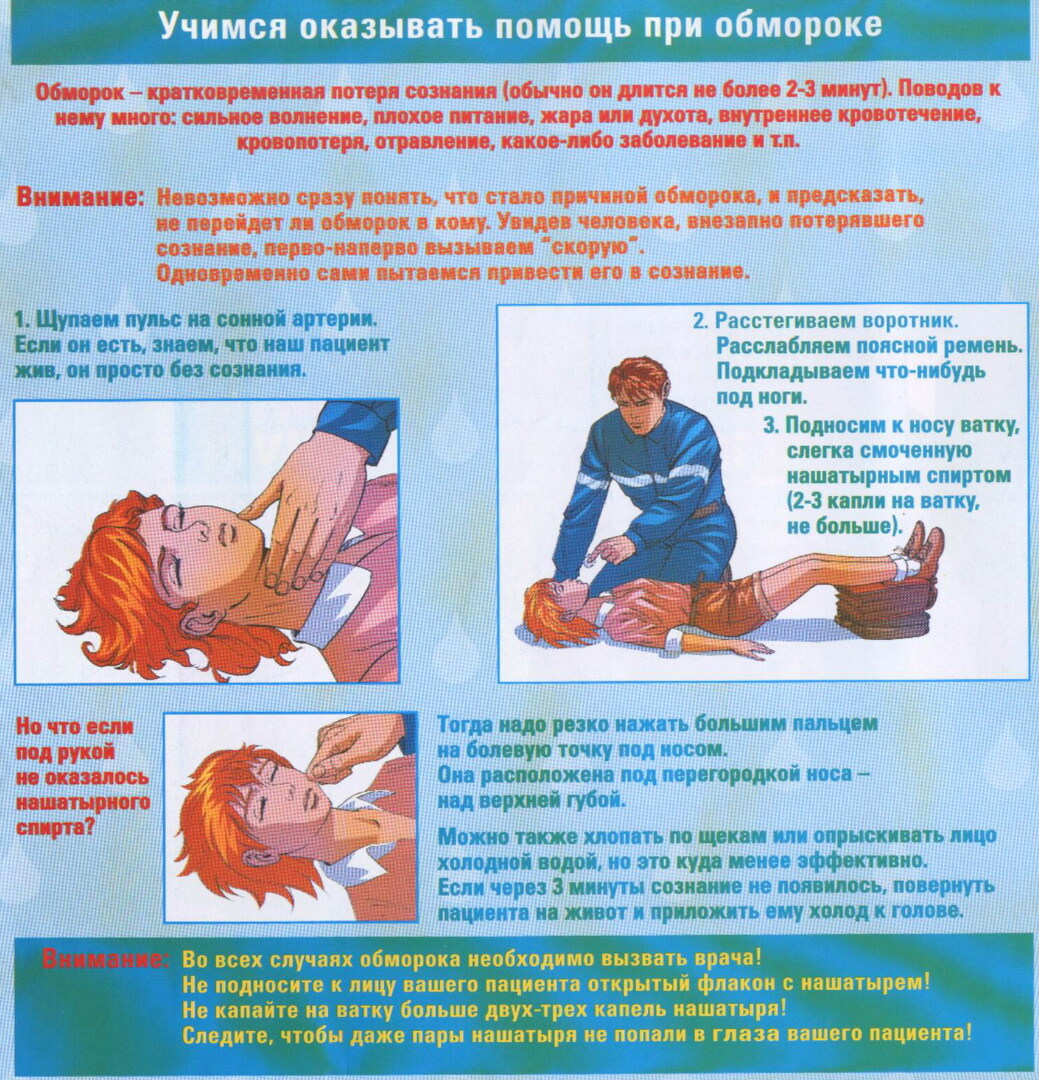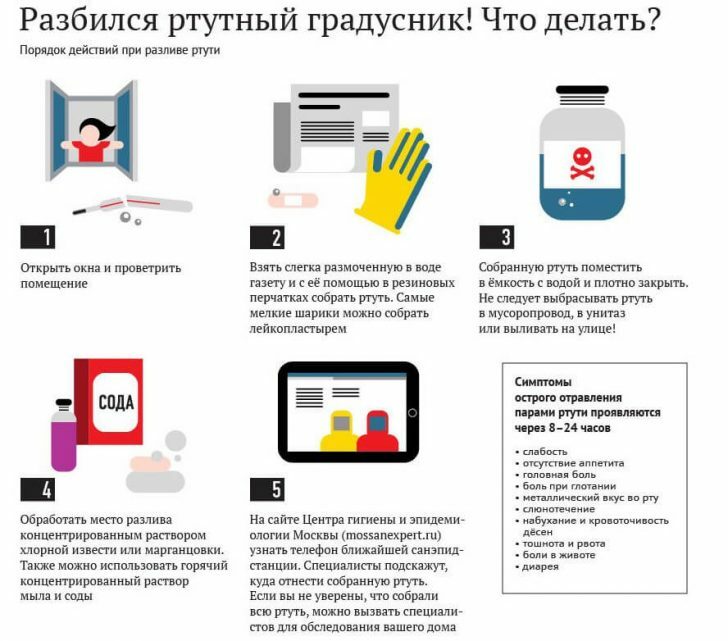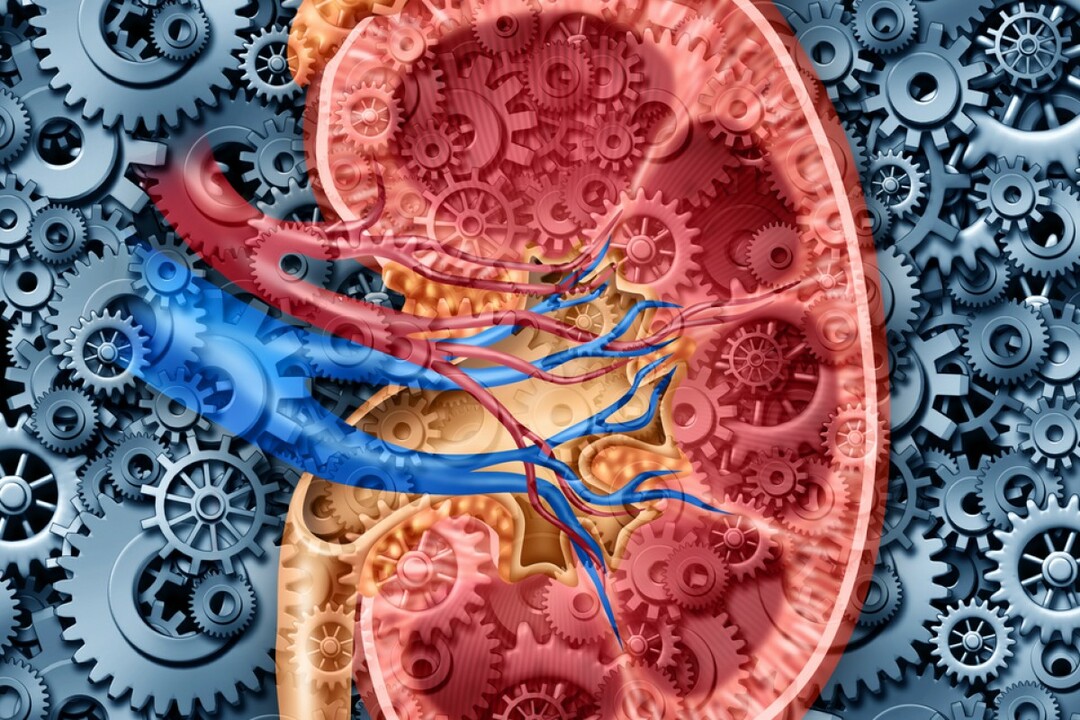Poisoning: symptoms, treatment, first aid for poisoning
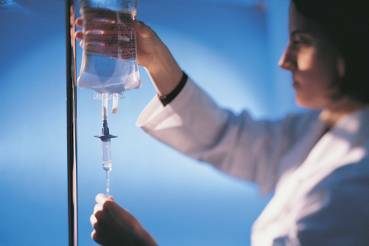 Low-quality food, household chemicals, alcohol, poisonous plants, volatile( and not only) substances, medicines - here is a brief list of the causes of intoxications known to the people as "poisoning".The infectious disease department, toxicology, and in the worst case, resuscitation, are the departments where doctors will fight for the life and health of a person who has taken something inappropriate.The success of specialists will depend not only on their knowledge, skills, available medicines and equipment, but also on how quickly the patient will receive first aid in poisoning and how timely he will be taken to the hospital. Table of Contents: Causes of poisoning Symptoms of poisoning Alcohol poisoning Food poisoning Carbon monoxide poisoning Mushroom poisoning What to do when poisoning What can not be done in case of poisoning
Low-quality food, household chemicals, alcohol, poisonous plants, volatile( and not only) substances, medicines - here is a brief list of the causes of intoxications known to the people as "poisoning".The infectious disease department, toxicology, and in the worst case, resuscitation, are the departments where doctors will fight for the life and health of a person who has taken something inappropriate.The success of specialists will depend not only on their knowledge, skills, available medicines and equipment, but also on how quickly the patient will receive first aid in poisoning and how timely he will be taken to the hospital. Table of Contents: Causes of poisoning Symptoms of poisoning Alcohol poisoning Food poisoning Carbon monoxide poisoning Mushroom poisoning What to do when poisoning What can not be done in case of poisoning
Causes of poisoning
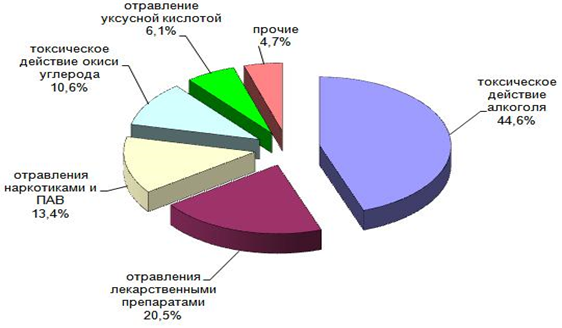
The most frequent causes of poisoning include negligence, suicide attempts, mental andEmotional disorders.The child can be poisoned when there is no proper supervision after him, when the child mistakes a drink or a drink, or a poisonous solution left within the limits of its availability.
Adults often use fake alcohol made on the basis of methyl alcohol or propylene glycol, as well as mushrooms collected by people who do not understand them.Finally, it is possible to poison drugs with self-medication, during which a person who does not feel better, takes an additional( often not one) tablet of the drug.
Symptoms of poisoning
It is impossible to name exactly the symptoms of acute poisoning as such, since each poison acts differently on the body.For example, alcohol affects the central nervous system, poor-quality food primarily affects the gastrointestinal tract, and carbon monoxide inhibits the ability of the blood to carry oxygen.
However, there are a number of signs of ill health, the appearance of which will allow if you do not suspect poisoning, then assume trouble and at least call a doctor:
- Nausea, especially accompanied by vomiting;
- disorder of stools;
- abdominal pain;
- rise or fall in temperature;
- dizziness, headaches;
- cold sweat;
- chills;
- convulsive seizures;
- lethargy, drowsiness;
- loss of consciousness;
- lacrimation, increased saliva production, cough;
- any changes in the behavior of the poisoned;
- breathing disorder;
- burns in the area of the lips, in the oral cavity.
However, there are several of the most common types of poisoning, the symptoms of which you need to be able to recognize to everyone.After all, human life depends on timely assistance.
Alcohol poisoning
 It should be noted that alcohol poisoning is preceded by a different period of intoxication.And it arises regardless of the basis on which the drink is made - based on ethyl alcohol or on the basis of toxic propylene glycol or methanol.In any case, at first, a person feels motor and mental excitement, which, with increasing dose, becomes inhibited due to the depressing effect of alcohol on the nervous system.The poisoned person has vomiting, pain in the stomach, dizziness.Gradually, there is oppression of consciousness, a person falls into a coma, during which the pupils are dilated, the arterial pressure drops, the pulse becomes more frequent, which becomes weak.
It should be noted that alcohol poisoning is preceded by a different period of intoxication.And it arises regardless of the basis on which the drink is made - based on ethyl alcohol or on the basis of toxic propylene glycol or methanol.In any case, at first, a person feels motor and mental excitement, which, with increasing dose, becomes inhibited due to the depressing effect of alcohol on the nervous system.The poisoned person has vomiting, pain in the stomach, dizziness.Gradually, there is oppression of consciousness, a person falls into a coma, during which the pupils are dilated, the arterial pressure drops, the pulse becomes more frequent, which becomes weak.
Methanol poisoning differs somewhat from ethanol intoxication, and minimal methanol doses( 5-10 ml) are sufficient for the appearance of symptoms.Its peculiarity is a rapid visual impairment, which already occurs when taking 5 ml of methyl alcohol.Coma develops very quickly.
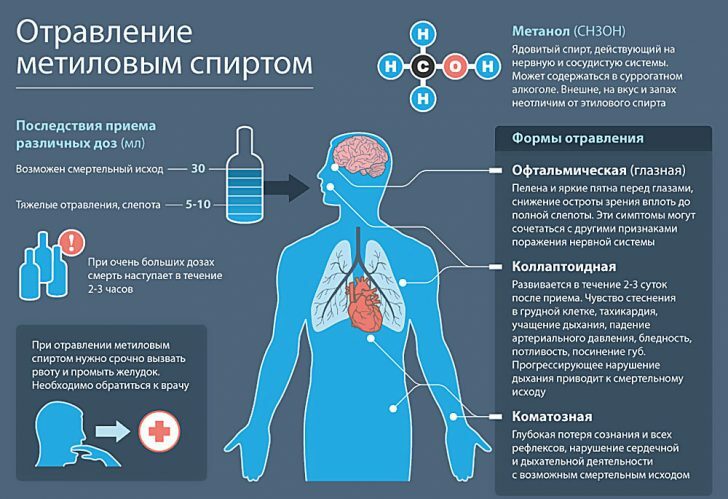
Food poisoning
This term is a collective diagnosis of a variety of intestinal infections of a bacterial and viral nature. Regardless of the pathogens with a similar poisoning arise:
- gastritis with intense pain in the stomach, nausea, multiple vomiting;
- enteritis with pain throughout the abdomen, multiple diarrhea;
- colitis with disorders of the stool, in which mucus is found in the feces, and in especially severe cases, an impurity of blood.
These three syndromes are rarely found in isolation, usually they are combined with one another( gastroenteritis, gastroenterocolitis, enterocolitis).
The temperature of this type of poisoning often rises, there are headaches, weakness, chills.
Please note: for self-treatment of poisoning at home without consulting a doctor, the patient's condition can progressively worsen due to increasing dehydration.Especially it is dangerous in childhood: a child very quickly loses fluid with diarrhea and vomiting, and it is difficult to make up for it.
Case from the author's practice.The SMP brigade was called to a 10-month-old child for "vomiting, diarrhea."Arriving at the place, the author found a girl, literally hanging on the hands of the mother and not reacting to any stimuli.During the survey it was found out that the symptoms of poisoning appeared 5 days ago.All this time, my mother, on the advice of her relative, working as a nurse, gave the child a decoction of St. John's wort.And for all 5 days neither she nor her relative consulted with any doctor.With the diagnosis of "Foodborne toxicosis.Acute gastroenteritis.Dehydration of the 2nd degree "the baby was taken to the infectious department.Fortunately, Mom did not have time to "heal" the child before the severe consequences of poisoning, so the baby survived and even fully recovered.
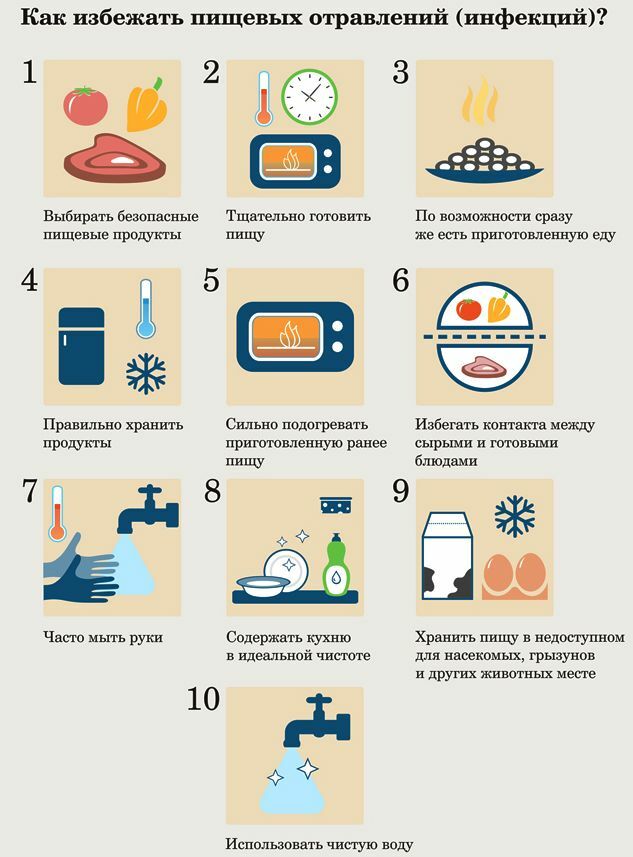
Carbon monoxide poisoning
Carbon monoxide( carbon monoxide, carbon monoxide) is produced by burning any type of fuel.He presents the greatest danger during the winter and especially in rural areas where there is no centralized heating and people are forced to bask in the heat of the stoves.The symptoms of carbon monoxide poisoning depend on the severity of the pathology and include themselves( as the severity of intoxication increases):
- nausea and vomiting;
- headache;
- dizziness;
- weakness, lethargy;
- increased respiration rate;
- Vessel dilatation, drop in blood pressure, increased heart rate;
- loss of consciousness.
Mushroom poisoning
This is perhaps the most dangerous type of poisoning due to the fact that there are many kinds of poisonous mushrooms, and almost all of them cause their own, only its characteristic symptoms. For example:
- When poisoning with fly agarics a short time after ingestion( up to 3 hours), nausea with vomiting, profuse sweat, increased tear and salivation, narrowing of the pupils, chills, and in severe cases cramps, loss of consciousness.
- Poisoning pale toadstool is characterized by the appearance of severe diarrhea, multiple profuse vomiting, high-intensity abdominal pain, and fever.After 1-1.5 days, these symptoms subsided and a period of imaginary well-being begins.Two days later, there are signs of acute toxic damage to the liver, acute renal failure occurs and almost inevitable death in 5-8 days.
- Poisoning is accompanied by symptoms of gastrointestinal lesions( nausea, vomiting, diarrhea), as well as jaundice, a violation of urine production, low back pain.
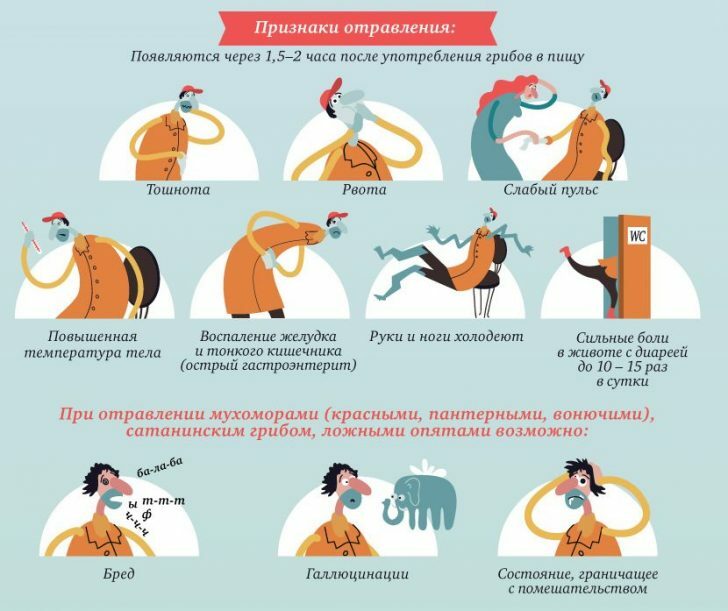
All symptoms of poisoning by all kinds of fungi can not be known, but this is not necessary.The main thing to remember is one - if after using dubious fungi, a person's state of health worsens, then there is a risk of intoxication.Immediately begin to give him first aid.
What to do in case of poisoning
First aid measures for any poisoning consist in observing only two rules - stopping the penetration of poison into the body and removing the toxic substance that has already fallen into the victim's body.
In case of carbon monoxide poisoning, immediately take the victim to fresh air.The only antidote to carbon monoxide is oxygen, so staying on the street is the best way to save the poisoned.Wrap it warmer if winter is in the yard and call an ambulance.
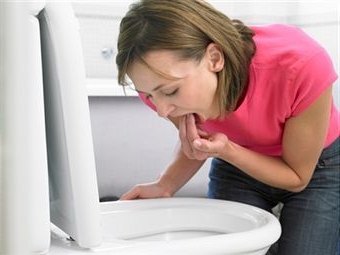 Any poisoning, in which a poisonous substance enters the body through the mouth, requires washing the stomach.If the victim is conscious, make him drink a large amount of warm water( not less than two liters, can be staged at 200-250 ml at a time).Then apply the "restaurant" method: with two fingers, push it onto the root of the tongue - this will cause vomiting."Golden standard" when washing the stomach is the use of syrup Ipecacuan( vomiting root) in the first 2 hours after poisoning.
Any poisoning, in which a poisonous substance enters the body through the mouth, requires washing the stomach.If the victim is conscious, make him drink a large amount of warm water( not less than two liters, can be staged at 200-250 ml at a time).Then apply the "restaurant" method: with two fingers, push it onto the root of the tongue - this will cause vomiting."Golden standard" when washing the stomach is the use of syrup Ipecacuan( vomiting root) in the first 2 hours after poisoning.
Attention! Previously, a solution of "manganese" was used to wash the stomach.Currently, it is not used because of the high risk of burns of the mucous membrane of the esophagus and stomach with errors in cooking.
After washing, the affected person should be given activated carbon at a dose of 1 g per kilogram of body weight and a salt laxative( eg magnesium sulfate).
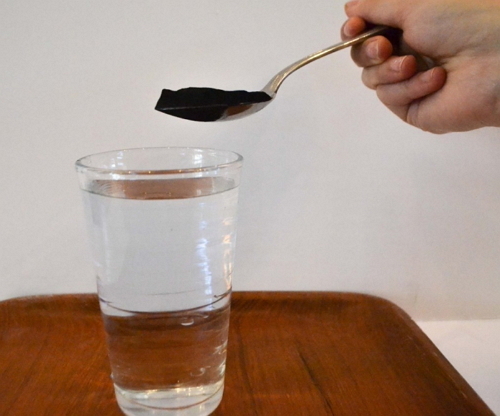 Attention! The recommended dose of activated charcoal in 1 tablet per 10 kilograms of the body weight of the patient is absolutely inadequate for the neutralization of poisons.Experts advise you to drink "coal" with real handfuls - 1 g( 4 tablets) per kilogram.It is advisable to add it in crushed form and in water, which the victim drinks for washing the stomach.
Attention! The recommended dose of activated charcoal in 1 tablet per 10 kilograms of the body weight of the patient is absolutely inadequate for the neutralization of poisons.Experts advise you to drink "coal" with real handfuls - 1 g( 4 tablets) per kilogram.It is advisable to add it in crushed form and in water, which the victim drinks for washing the stomach.
If you are unconscious and you are not a qualified specialist, then just turn it to one side, cover and wait for the doctors to arrive.
What not to do with poisoning
There are a number of mistakes made by people who are little familiar with the basic principles of first aid. Here are a few rules that will help avoid errors that can worsen the condition of the poisoned one:
- Do not try to pick an antidote yourself to the poison.Leave it to specialists.
- Do not induce vomiting in unconscious people - they can inhale vomit and suffocate.
- Do not rinse the stomach for children under 6 years of age for the same reason.Let the doctor do it better.
- Do not induce vomiting in people who have drunk any oil.Hit even the minimum amounts of gasoline, kerosene, diesel fuel in the respiratory tract leads to the development of severe pneumonia with a high risk of death.
- Do not attempt to neutralize acid drunk with alkali or soda.Likewise, do not try to neutralize the alkali drunk with acid.Most likely, this will lead to an aggravation of the chemical damage to the mucous membranes, and even a thermal burn will be added because of the chemical reaction of neutralization, which proceeds with the release of heat).
The success of further treatment depends on how quickly first aid will be given to a person.The less poison penetrates into the blood, the easier the consequences of poisoning will be, the less complications it will cause and the sooner the victim will recover.Therefore, with any intoxication, regardless of what a person has poisoned, all measures should be taken to stop the intake of poison into the body and, of course, to deliver the patient to the nearest hospital.
Bozbey Gennady Andreevich, ambulance doctor

